I think I should first talk about why “The Rubik’s Cube Mansion” was mentioned in “The Returning Daughter”, and then expand on what is going on with this work——I am a crumb who stayed up all night to read 26 novel stories——After reading It turned out that Li Wenzhuo and the others were watching animation at all.
The part of “The Returning Daughter” that involves “The Rubik’s Cube Building” is actually only the first episode “Glass City”, but we can at least see that the time of this story is limited to 1990-1991.
Li Wenzhuo clearly stated that the doctor in Glass City took Li Wenwen away, so inferring from it, it must be some kind of similar plot that was intertextualized.
The eighth episode of the story is basically on the right track.
Li Wenzhuo watched his childhood animation “Magic Cube Mansion” repeatedly, and he also liked it very much. He often played the role with his good friends. What he often said was that the secret of the Rubik’s Cube Mansion cannot be shared with other people, but only with the people in the Rubik’s Cube Mansion. , that is to say, they can only communicate with people who can match the radio waves, that is Li Wenwen and Xiaoxiu.
All the metaphors associated with the Rubik’s Cube building have since become clear.
Lake who was locked up and unable to go out was Li Wenzhuo, but he knew that his mother loved him.
Of course, the people in Glass City are also Li Wenzhuo, because he is the only person who is absolutely transparent and sincere.
At the heart of the Rubik’s Cube is the washing machine—and when everything “spun” up, the mystery was solved—Li Wenwen was dismembered into pieces.
If the doctor in Glass City took it away, he would reassemble the dismembered glass man. This content may not be true, but Li Wenzhuo lied to Li Wenzhuo through the animation plot.
It may also be re-collaged by Wang Chongjiang with acupuncture. After all, the second floor of the villa where he lives is surrounded by large glass windows, which is the glass city.
Let’s go back to the very beginning of the story. When Li Wenzhuo met Chen Youxi who was pretending to be his younger sister, he subconsciously regarded her as his real younger sister, and said “Sister, why did you come back”, meaning why did you stay in the Rubik’s Cube Building for too long? Long.
However, the above are all plot connections, and the following is the specific symbolic part that I want to expand.
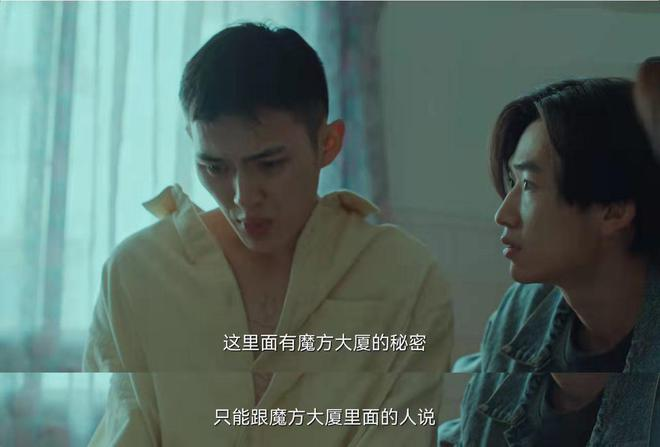
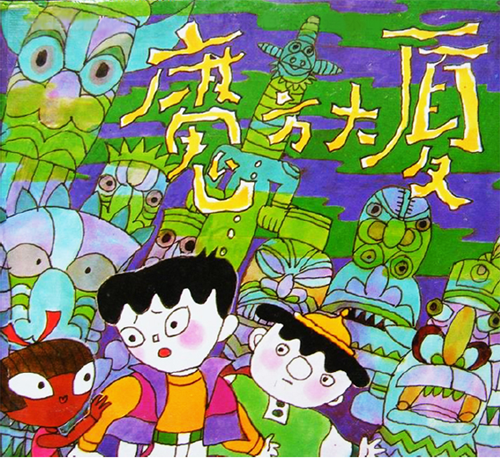
Dr. X once wrote an article “How the Rubik’s Cube Building Became Your Childhood Nightmare”. Friends who are interested in this article will naturally find it. After unfolding this article, we will find a fact that has been rewritten by collective memory:
That is, the Rubik’s Cube Building is not a childhood nightmare at all , but a sign of an era of amnesia. The real childhood nightmare is that era.
Any literary and artistic work will reflect the social trend of thought at that time to a certain extent. Although it seems to be a wild imagination, it still builds a possible world that seems different but is closely related, or according to Dorezer, it is called Heterocosmica , that is, a different world. It is the same group of words as Foucault’s heterotopia, Heterotopia .
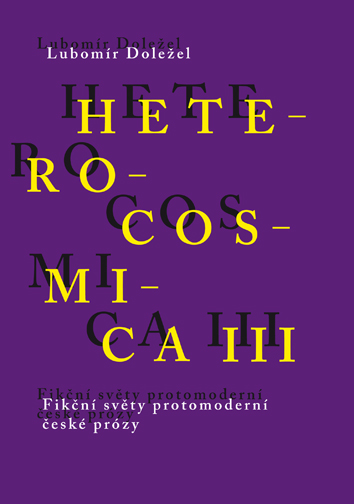
We can simply understand the different world as a distortion of the real world, or according to Freud, it is the displacement of dreams. That is to say, we can always see some clues of connection in two seemingly completely different worlds, but these connections have long been rewritten by layers of passwords, and it is difficult for us to find a certain connection in the present world. A sudden imitation.
But this sentence is the other way around: if a person who obtains the password by intuition rather than by law can quickly discover the connection between them, just like the conversation between Li Wenzhuo and Lu Mengmeng, the sentence “that sincere heart Transparent Heart” .
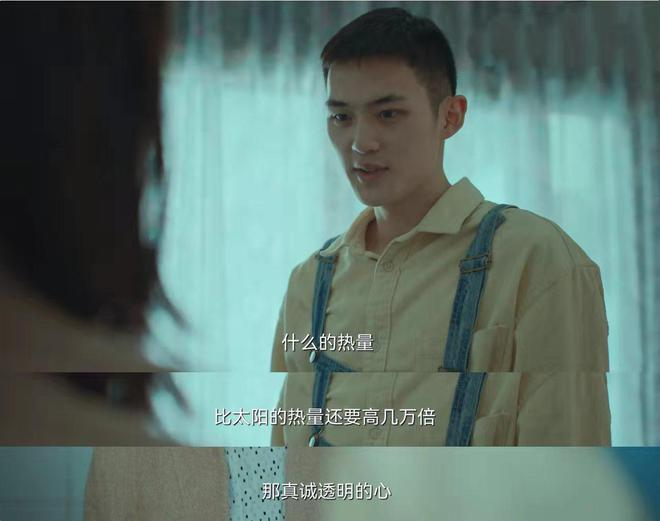
The particularity of “The Rubik’s Cube Building” is that it borrows numerous codes to construct some strange imaginary worlds, but all of them are alluding to real life.
Friends who have watched “Flowers in the Mirror” know that the essence of “Rubik’s Cube Building” is actually a big adventure in different worlds. These different worlds have nothing to do with each other, and they seem very bizarre. It reflects a structured narrative and concreteness. The tension between the small narratives .
“Flowers in the Mirror” has a main line that cannot be called the main line, which is exactly the same as “Gulliver’s Travels”, which is travel . The search for the utopian world in the early days also relied on the way of non-stop travel, involving rhizomes one after another on the main body of the root system.
Here are two recommended works, one is the very similar novel “Robot Master”, and the other is the 12 ideal cities created in “Super Studio”.
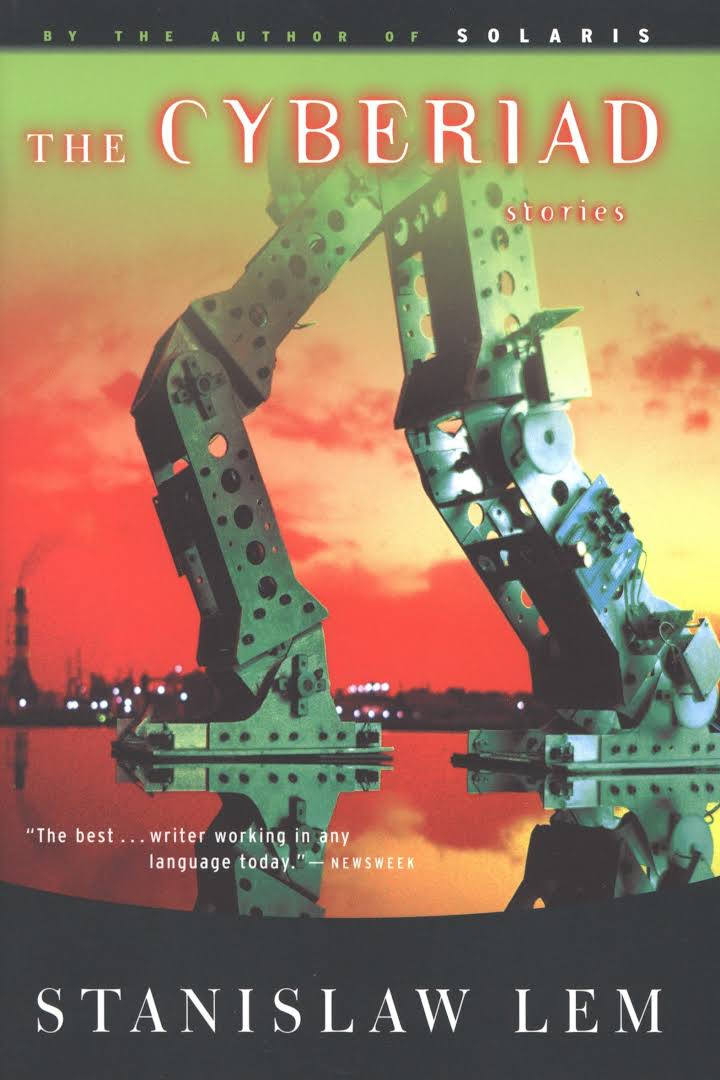
If “Robot Master” still has elements of adventure and travel, then “12 Ideal Cities” simply uses the so-called common quiz questions in modern urban life for us to answer to set off imagination: After describing the cities, how many cities do you wish existed? Do you think these cities are doing any good to mankind?
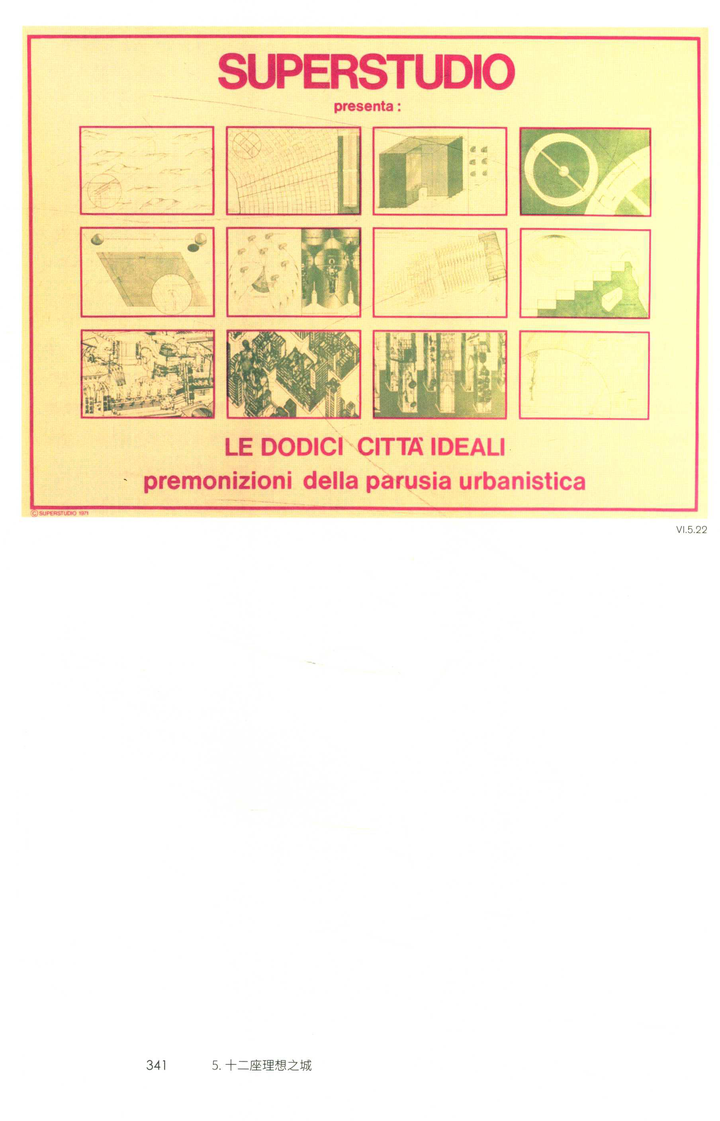
There happened to be a comment in it, which was very suitable for the stories of “The Returning Daughter” and “The Rubik’s Cube Building”.
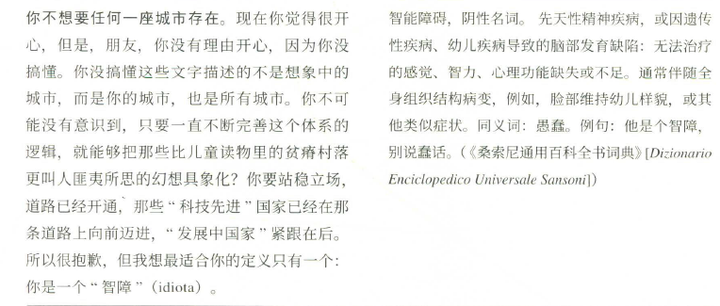
The fact of constantly going on adventures in different worlds is itself a game-like extension of what Hideshi Otsuka said about the war between gods and demons (monogatari consumption), which means that the map can be expanded infinitely. But the adventure is purposeful, that is to say, the completion of the map itself is the completion of the adventure.
“The Legend of the Demon Heroes”: The Birth of the Dragon Warrior
This is the case with the well-known “Devil Heroes”, which is mixed with a lot of RPG elements. In the article of Youyanshe, it also talked about a lot of intertextuality, tribute and jokes-this also exists a lot in “Magic Cube Building”, and it is also one of the originators of different world travel works.
So the infinite map has become a limited space under the connection of the plot.
In this way, we reversed the entire narrative method, first made the construction of the map, and then unfolded the story. When the space in the map is completed, the story ends—returning to the real world.
In adventures that seem to be in different spaces, a certain aspect of the real world is always extremely magnified, becoming a narrative style with strong magical realism.
However, if the different world is continuously gamified, then those seemingly strange elements will eventually become some kind of setting map that does not need to ask why, and become a visual spectacle to be consumed.
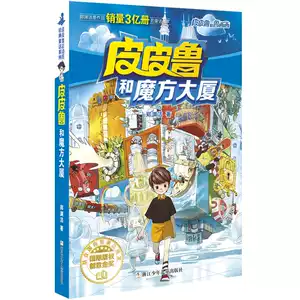
Now, the story of Rubik’s Cube Building has been changed by Zheng Yuanjie into a pure adventure in a different world. Of course, I’m talking about musicals and big movies that are about to be made again, and the cover of the above book is simply full of light and restraint .
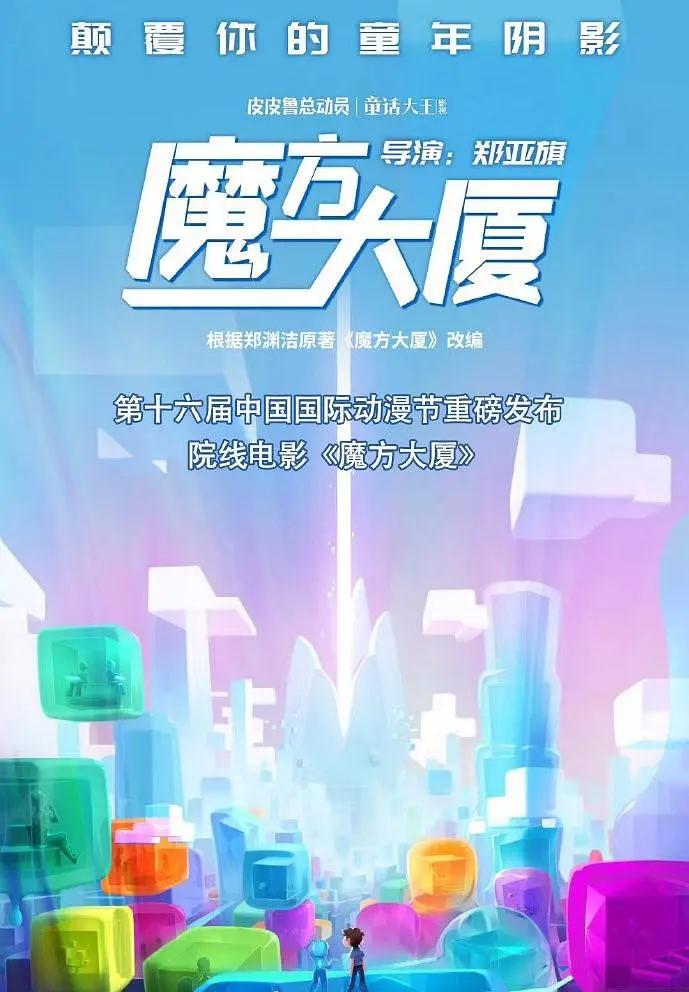
It feels like it will be filmed as “Wreck-It Ralph” or “Runaway Player”.
However, at that time, “Magic Cube Mansion” had not been turned into an RPG, and Zheng Yuanjie also refused to use game realism to write his fantasy works (it cannot be called a fairy tale, but should be called a fantasy novel), so the Rubik’s Cube Mansion is still It retains its strong characteristics of the times.
It should be noted that “The Rubik’s Cube Mansion” was once considered to be the earliest infinite stream novel in China, and this point of view is a matter of opinion.
Here I recommend watching the comic book version of “Rubik’s Cube Building”, which basically follows the plot of the original novel, and is more terrifying than the animated version.
Click on this Douban link to read the comics: The complete comics of Rubik’s Cube Building
When Dai Jinhua talked about Rubik’s Cube, he endowed Rubik’s Cube with a brand-new cognition, that is, the folding and division of space and class.
Dai Jinhua: The Rubik’s Cube of Space and Class – Nowhere
When I first proposed the proposition “The Rubik’s Cube of Space and Class”, the main implication was the image of the “Rubik’s Cube”. I am probably the first generation in China to be exposed to this toy. It was once extremely popular, and every man, woman, and child had one.
The basic principle of the Rubik’s Cube is the same as most stand-alone games and table games, it is a process of changing chaos into order. It is a process of summarizing, screening, and finally reaching a certain kind of purity, and forming a certain kind of beauty caused by purity. It is the combination of the same color and homogeneity of different sides, and the division of different colors and different qualities of different sides.
Cities, especially modern cities, have always been trying to complete such a process: to separate heterogeneous groups of people, to separate heterogeneous spaces, to separate heterogeneous fields, and to establish strict divisions. a kind of order. At the same time, modern urban culture attempts to endow such a division and order with a certain sense of poetry and beauty. However, the culture that endows the compartmentalized heterogeneous space with aesthetic poetry is itself compartmentalized.
In Dai Jinhua’s metaphor, her expectation is that “our city is a seemingly pure and uniform Rubik’s cube formed through hard work and violence. From one angle, we can only see one color and color of the Rubik’s cube. One facet. Only when we turn it do we see its multiple facets.”
I myself think that the Rubik’s Cube has two other characteristics, which cover other variegated colors through single-sided hues .
Dai Jinhua imagines the material producer as a purified side, but in fact the Rubik’s Cube formed in the city is not necessarily “all sides become pure colors” but “different sides of the same color, same color”. Combination of quality, and different colors and different quality partitions on different sides”, it is more likely that only the front is pure and the same color, and its back is a mixed space that cannot be divided by function.
For a detailed analysis, you can read the article analysis of Moegirlpedia, Rubik’s Cube Building – Moegirlpedia, an encyclopedia where everything can be cute
This analysis is very important, as important as Dr. X’s analysis.
Then, I recommend a new analysis:
A Brain Hole Bean: A Forgotten Science Fiction Masterpiece——”The Rubik’s Cube Building”
Zhihu’s article is very good, and it boils down to one sentence: Zheng Yuanjie writes history, but directors guide the future .
Toy Tree shows the age of switches where AI still needs to be activated and can be turned off (toy animals come to life when removed from the tree, become toys again when placed on the tree).
“Emperor Leik I” shows that artificial intelligence is a non-autonomous era of central control (the people of the entire country are puppets, all connected by a thread, and directly controlled by the emperor).
“The Country on the Train” has seen the snowpiercer train and naturally understands it, and it is also a remnant of human beings (the train has been running non-stop, passing through various disasters and wonders).
The human beings in “The Chamber of Secrets” directly show that they are in a primitive society and know nothing about technology.
Although it may not be easy to remake “The Rubik’s Cube Mansion” by Zheng Yuanjie, another work of his has already been launched, that is “Training the Rabbit”. From “Rabbit Taming”, we can see that it is consistent with “The Rubik’s Cube Mansion” Colors of magical realism.
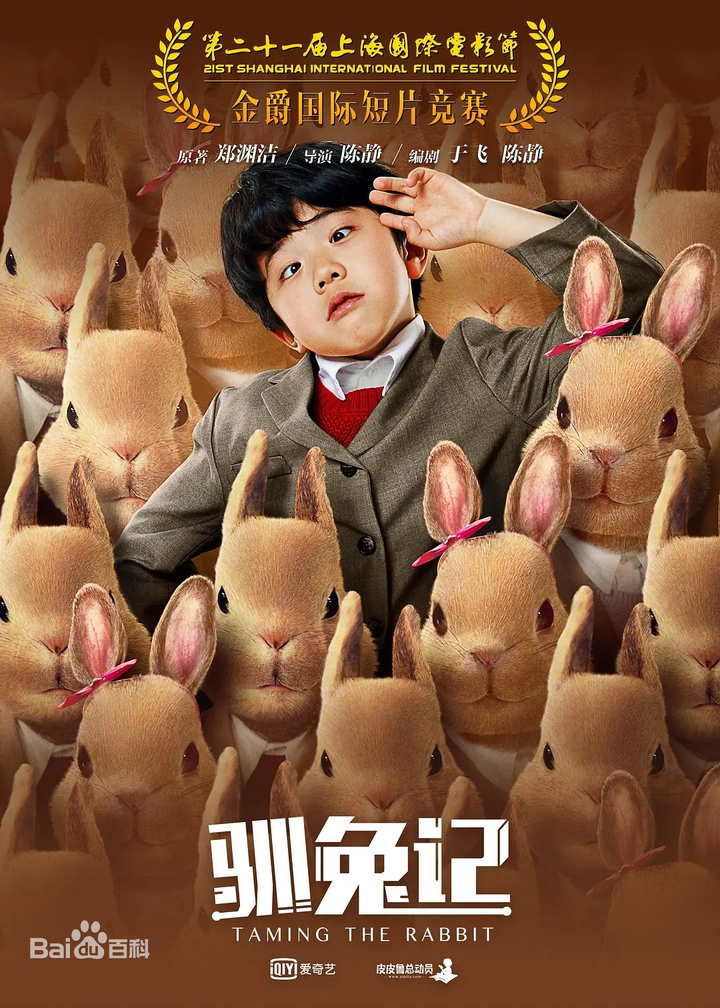
Let me mention it again, you must read the analysis articles of Dr. X, Moegirl Encyclopedia and Brain Hole Bean.
We get three different and coherent “Cube Mansions”, which are the novel “Cube Mansions” created in 1982-1984
The animation “Cube Building” created in 1990-1994
And “The Rubik’s Cube Mansion” mentioned in “The Back Daughter” in 2022.
And each work has a corresponding reference to the influence of the trend of thought of the times
So we understand that the novel “The Rubik’s Cube Building” is a layered and symbolic structure similar to “Little Calabash King Kong”.
The cover layer is the story of Rick traveling to 26 different squares to travel to another world – exactly the same as other travels to different worlds.
But the biggest difference is that Lake doesn’t want to go home, even though Lake has a heart of gold, is sincere and kind, but he just doesn’t want to go home. At the end of the novel, although Lake said “every summer vacation, he will come to the Rubik’s Cube Building for a month”, but he also said that his parents would not believe his experience, and in the novel, Lake will use this square world and himself in almost every episode. Comparison of his homework – just like Gulliver’s.
This kind of consciousness of severing kinship and joining another world, I have also seen it in another work, that is [ ] (blank brother and sister) in “No Game No Life”.
The symbolic structure borrows a seemingly harmless shell to metaphorize the alienation process of people under the torrent of the times.
In “Gourd King Kong”, the green snake’s magic weapon against the gourd baby and the names of the three monsters and four monsters are just like this. After reading it, children will be curious about their fantasy imagination, but adults who are familiar with that era know what these magic weapons are metaphors for. What–such as the magic money, wearing small shoes, big pots of rice, black eating black, stretching out the hand, and double-faced monsters all have similar symbols.
As I said at the beginning of this answer, a seemingly imaginative world is actually a satire of the real world . This evaluation applies to “Gulliver’s Travels”, and of course it also applies to “The Rubik’s Cube”.

On the surface, it is a story of Lake’s adventure, but none of the 26 stories inside is normal, even the “Blowing Circus” that looks particularly harmonious, which satirizes all kinds of loud and prosperous songs. The thinking of the times that Zheng Yuanjie referred to when creating this “fairy tale” has already explained everything.
The animated version aggravates this sense of absurdity through the screen, corresponding to another contemporaneous reflection. The last episode of “The Black Cicada Band” now seems even more absurd – it would be better if you didn’t choose the end of this episode.
Of course there is more, that is the imagination of the future in science fiction. More than half of the stories adapted from animation involve the alienation of people in future science fiction, the same modern life (the story of Helmet City), the racial confrontation of biochemical humans (Blue Dragonfly Flying Group), and the emotion of being separated ( Xiahe Bank), the problem of obesity after the convenience of technology (Kolo City).
In fact, we have seen similar stories in later works:
Helmet City – “The Great Guardian”, “I grew up in Iran”, “We” (Zamiakin)
Biochemical confrontation – “Black Mirror”
Xiahe Bank – “500 Years Later” and “Life Cutting Technique” – there is also a slogan in it: Work hard, be happy every day Kolo City – “Robot Story” “Brave New World”
Magical Calendar – “The Prosperity”
Three Explorations of the Cherry Tower – Telling lies and repeating words, not counted as talking <br />Ant Kingdom – Jacobi’s book “Killing Desire” and Abel Cain’s story Locking the Secret Matter – Curt Feng Negut’s “Harrison Bergland”
Emperor Lake I – “1984”
If you take a closer look, “The Rubik’s Cube Building” contains a strong anti-utopian theme, which can no longer be described by the four words of childhood shadow.
This is no different from “The Returning Daughter”.
In addition to suspense reasoning and lost stories, what else can we see from “The Returning Daughter”?
See the chaos of that era.
Source: Zhihu www.zhihu.com
Author: Son of Wuhe
[Zhihu Daily] The choice of tens of millions of users, to be a big cow to share new things in the circle of friends.
click to download
There are 6 more answers to this question, see all.
Further reading:
A European film about a son inheriting his father’s magic?
This article is reproduced from: http://www.zhihu.com/question/574816671/answer/2819556196?utm_campaign=rss&utm_medium=rss&utm_source=rss&utm_content=title
This site is only for collection, and the copyright belongs to the original author.